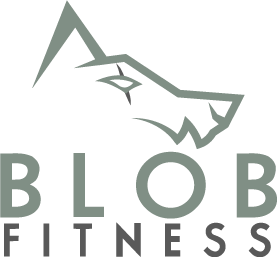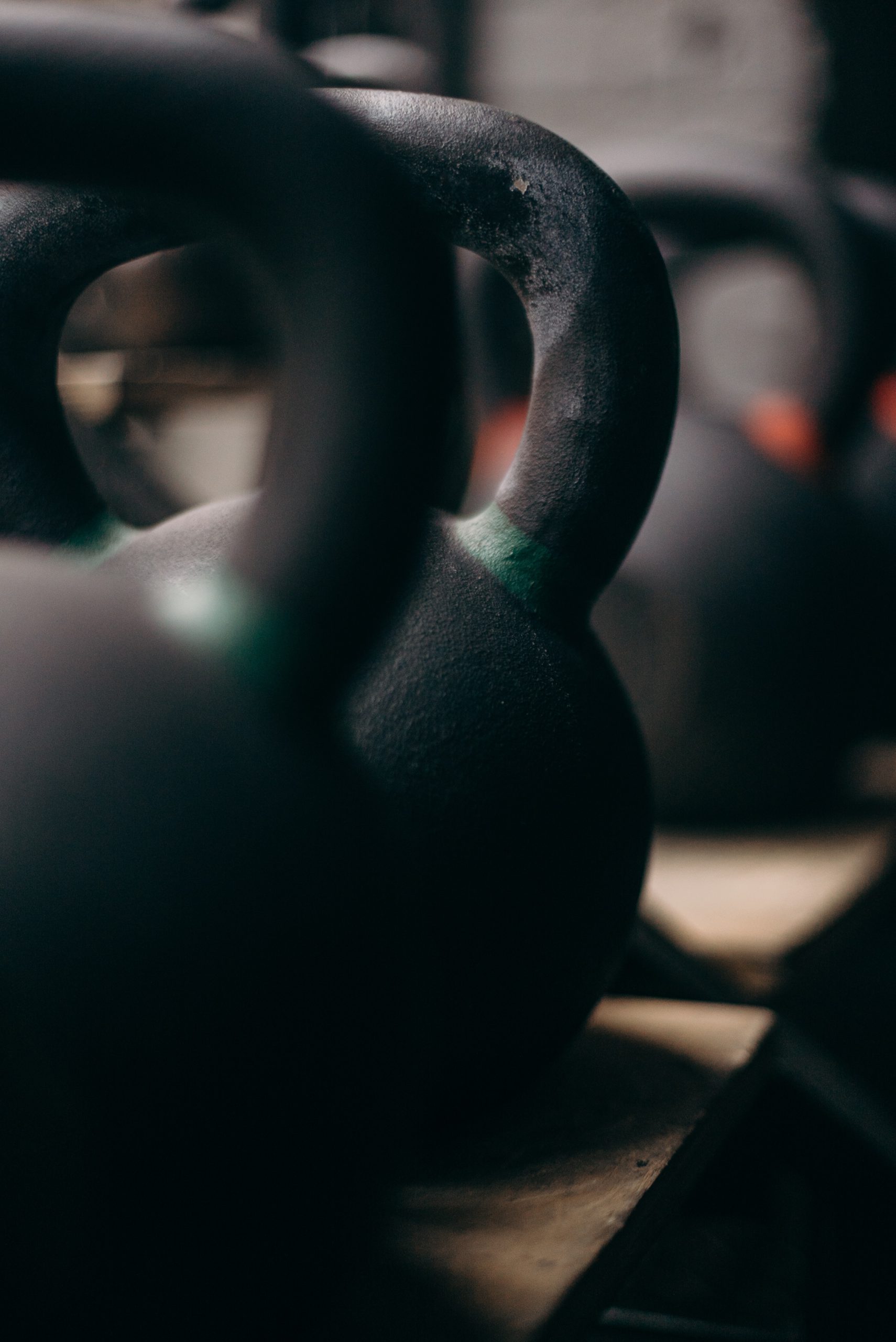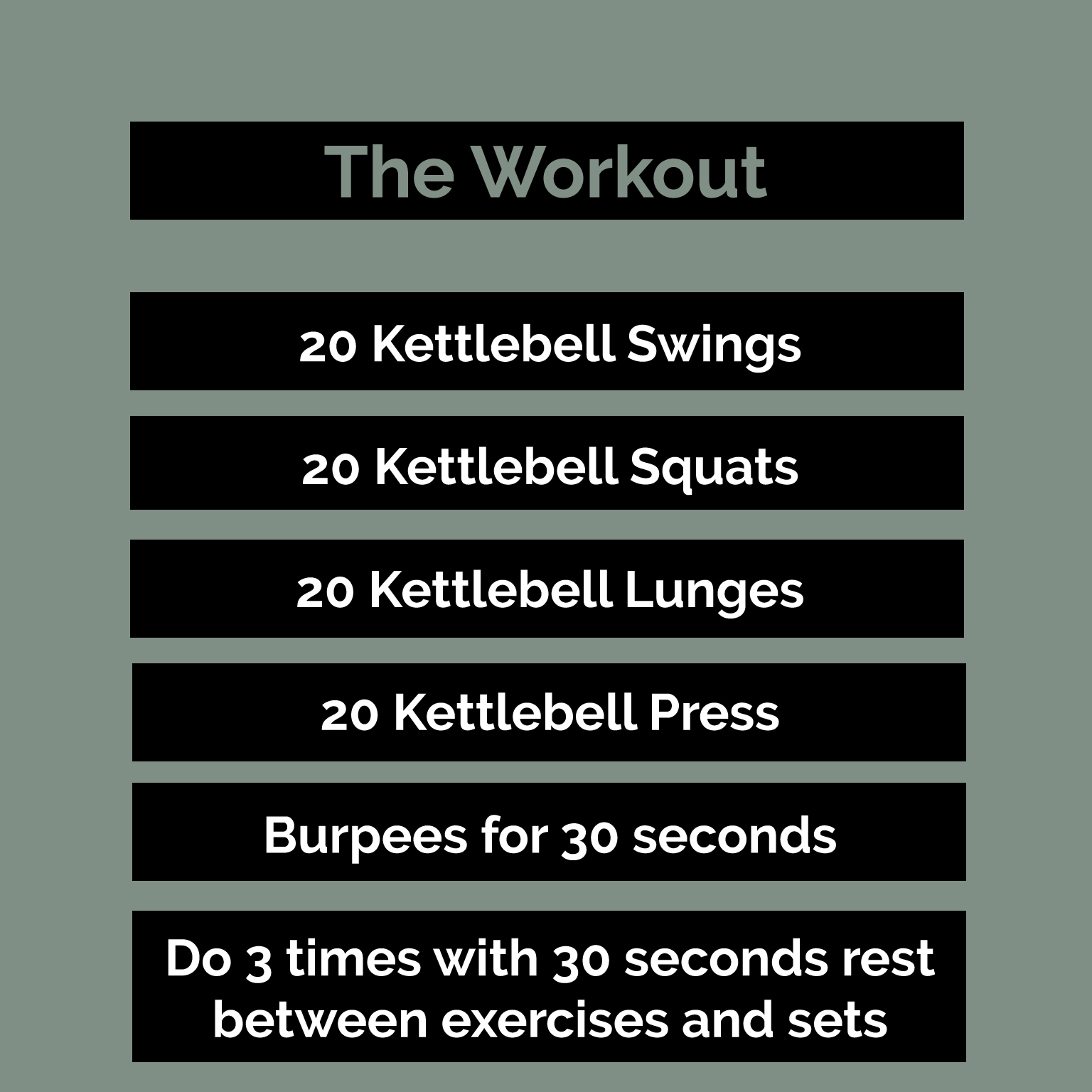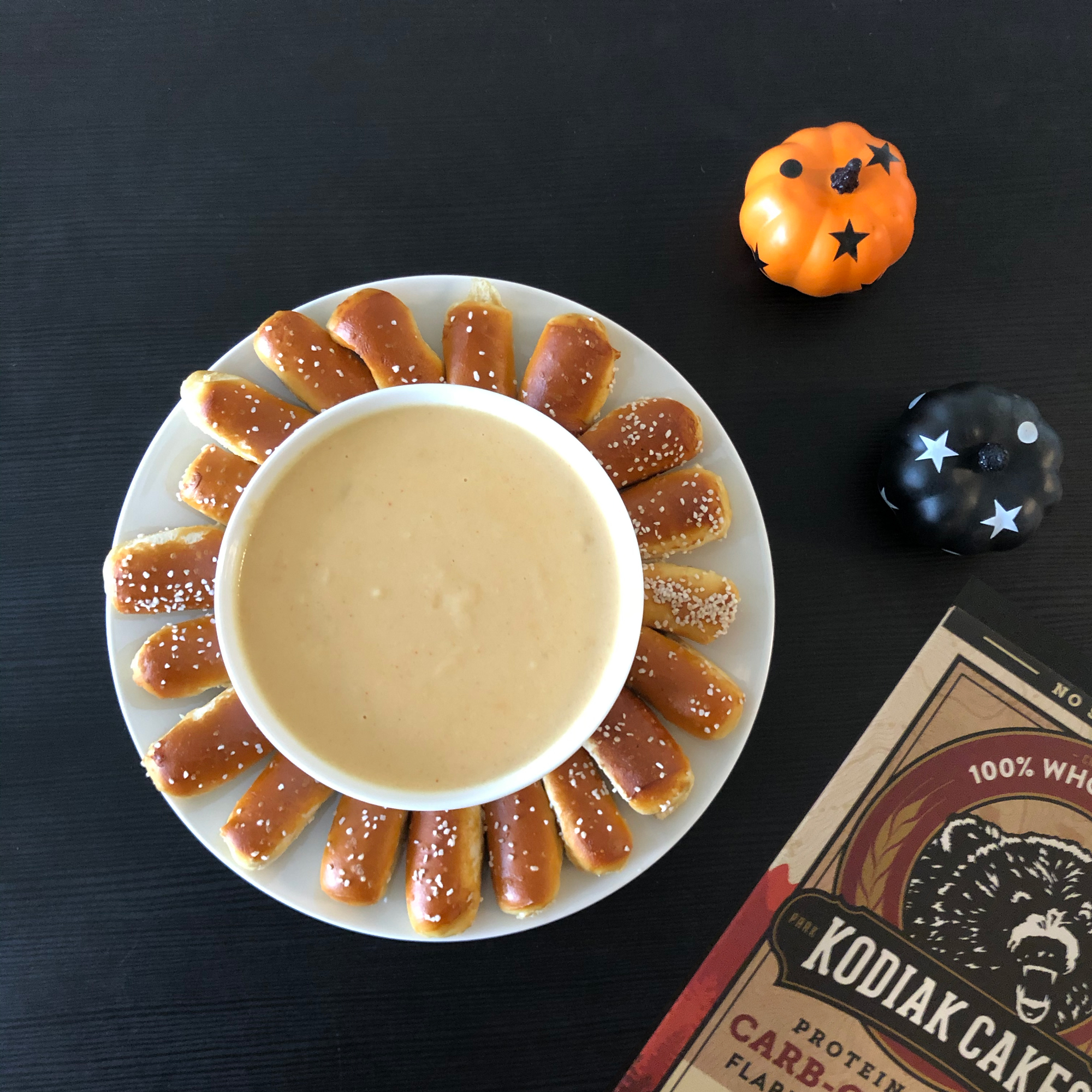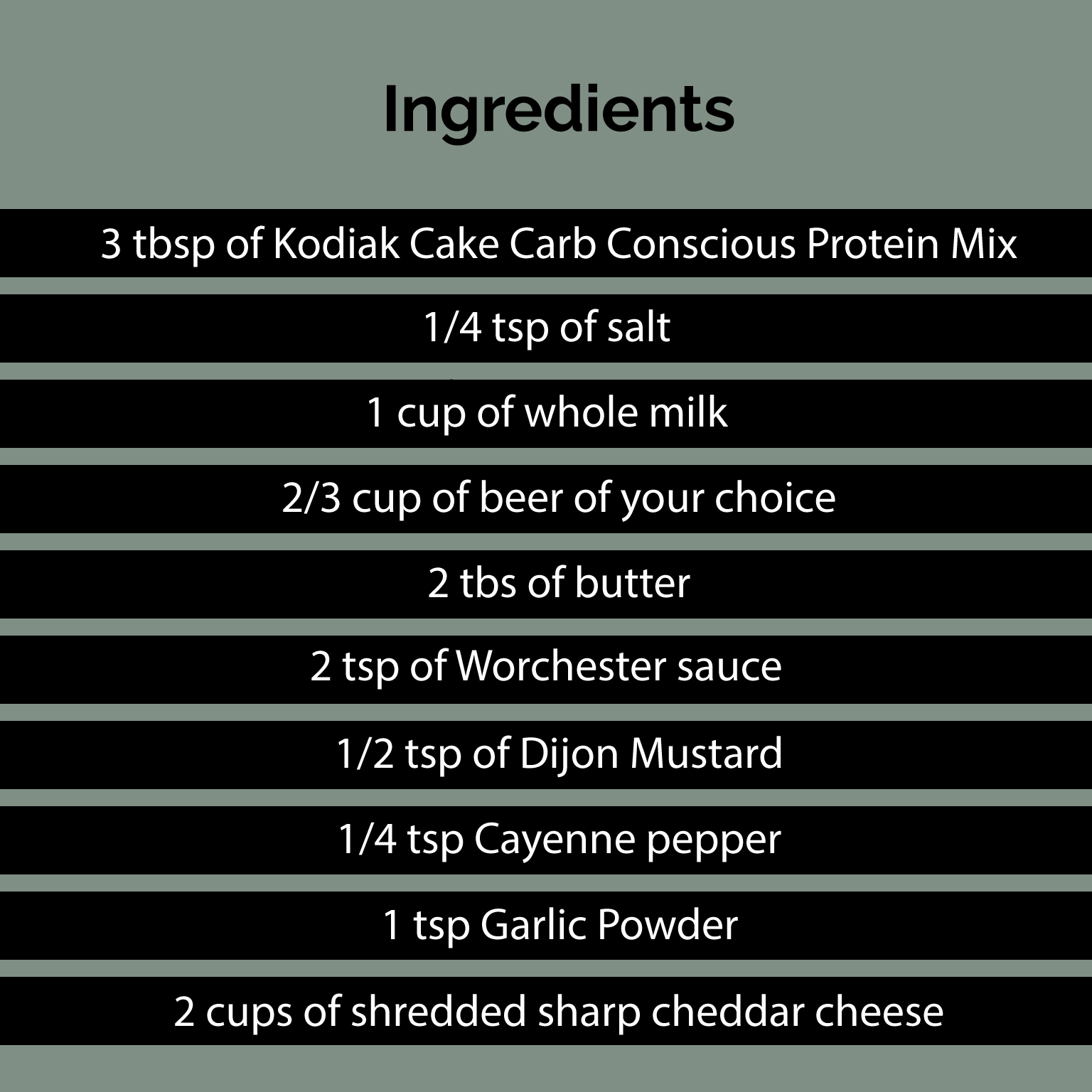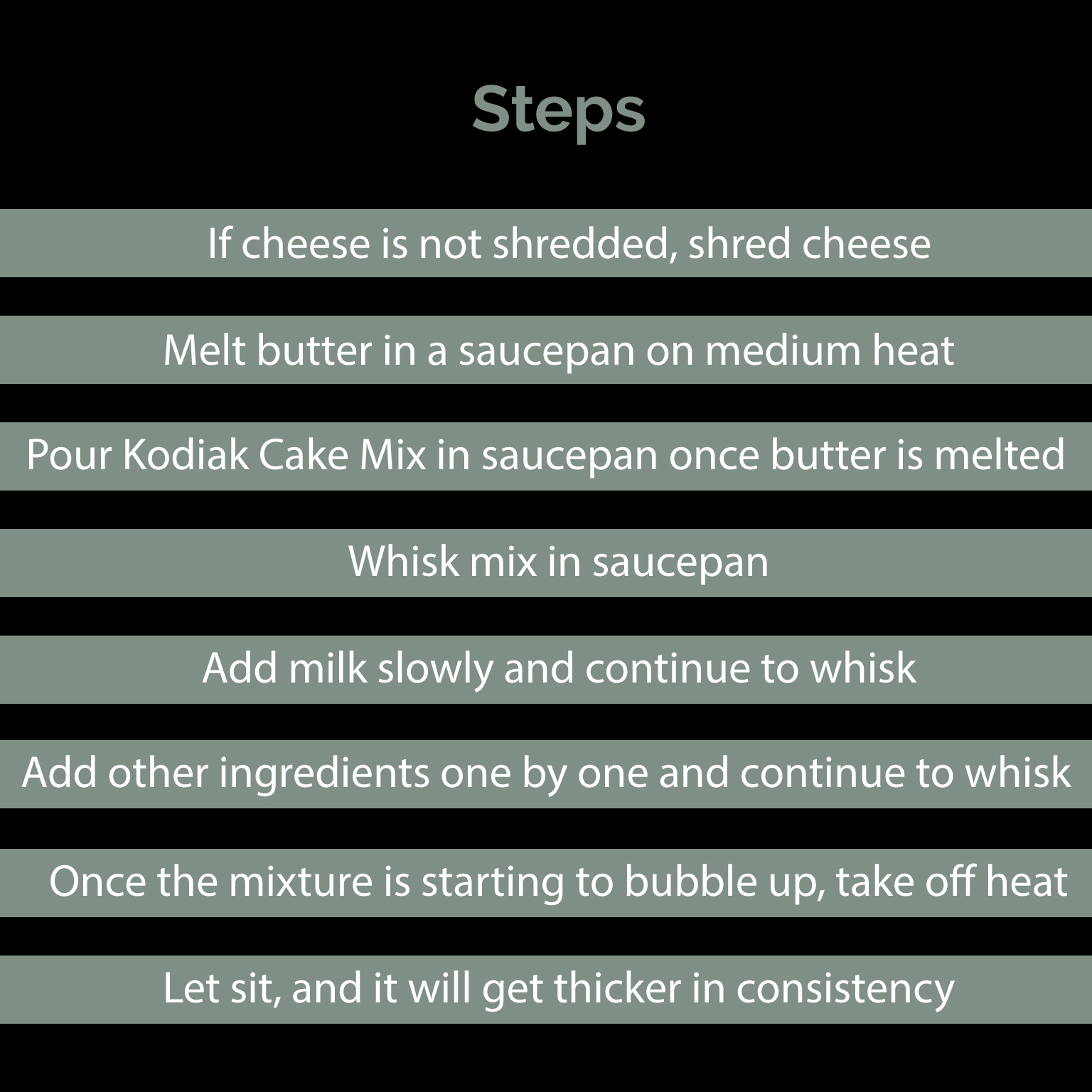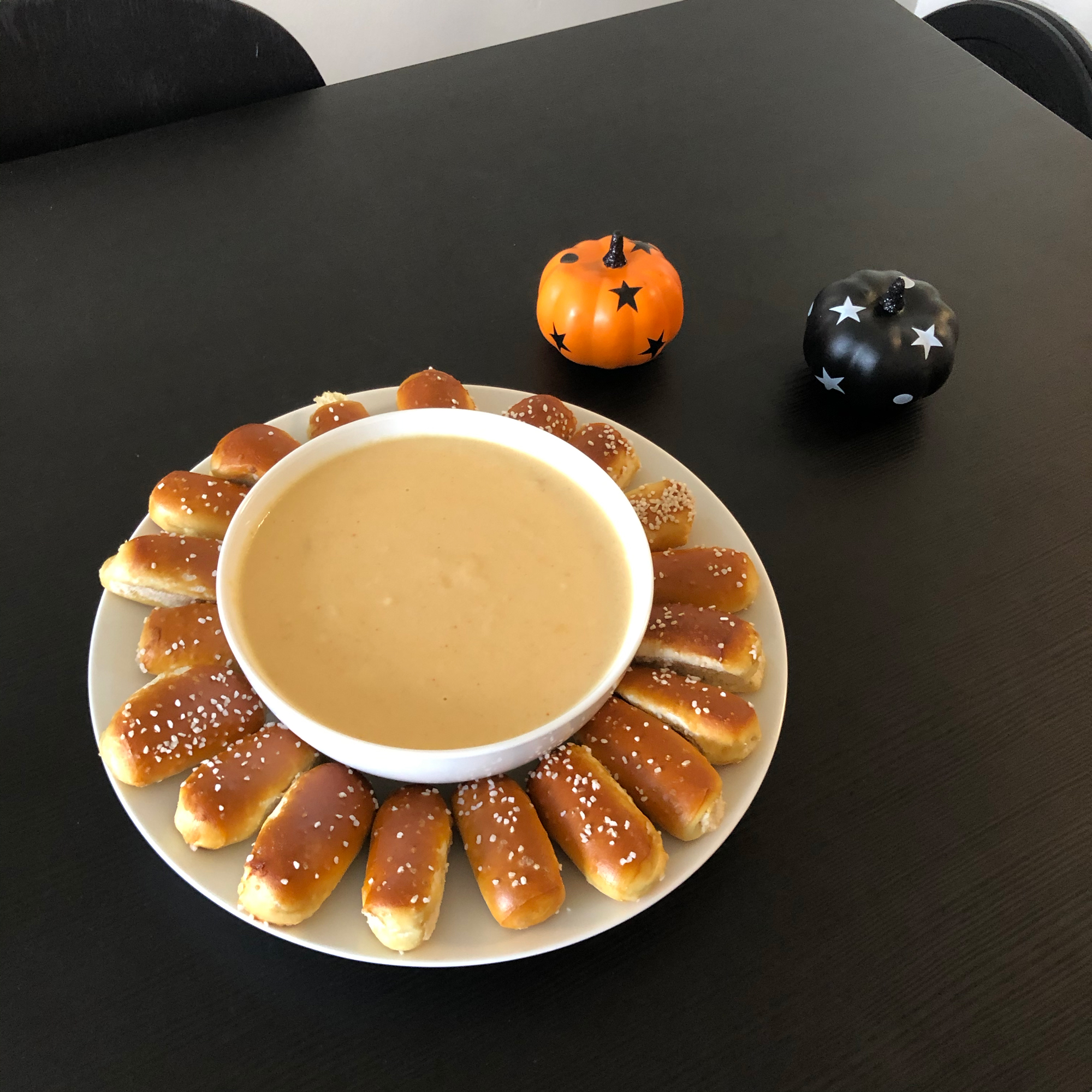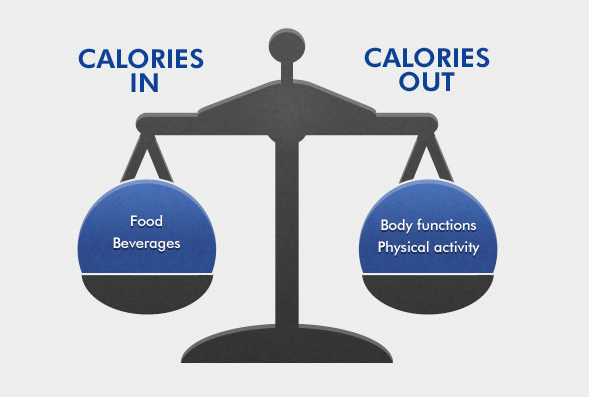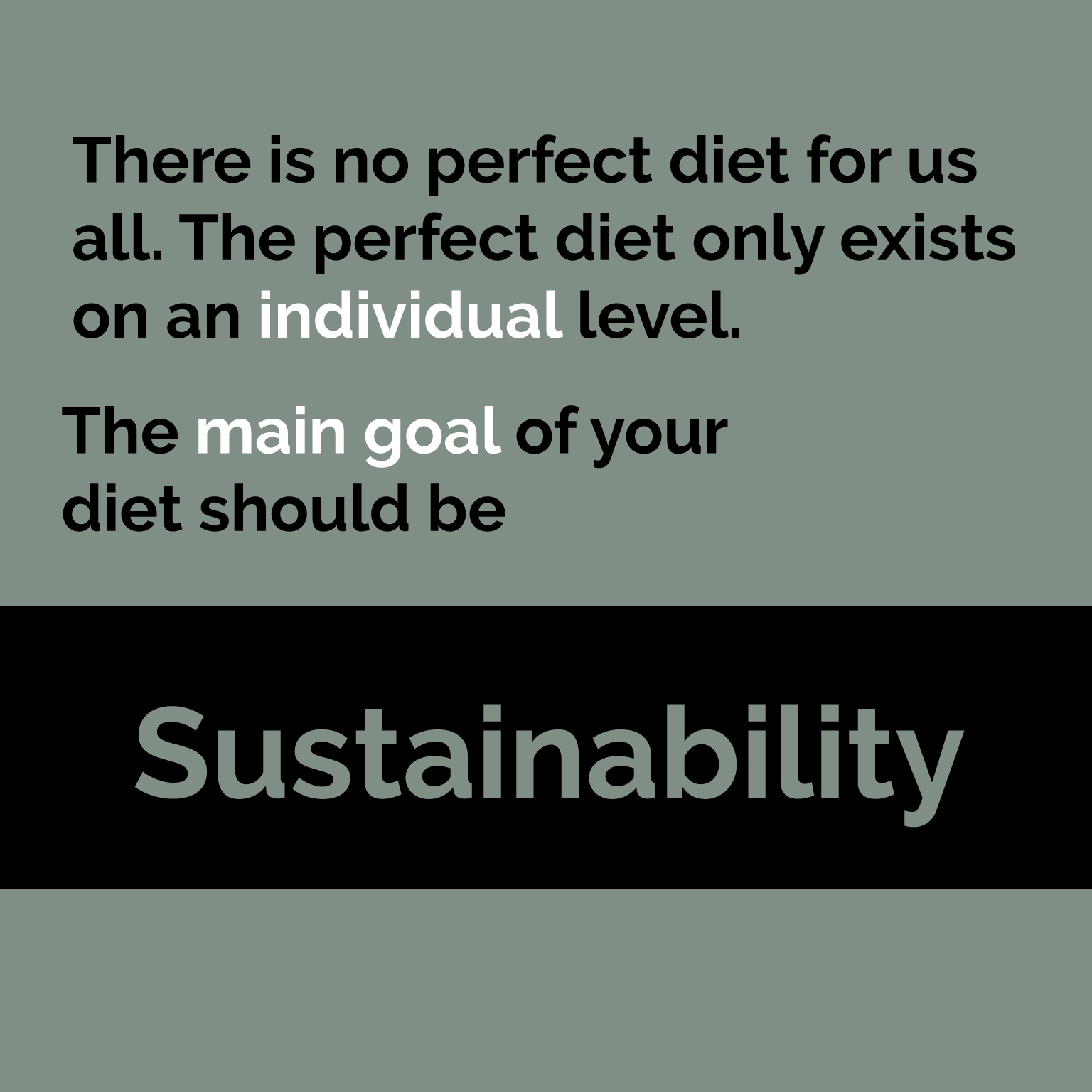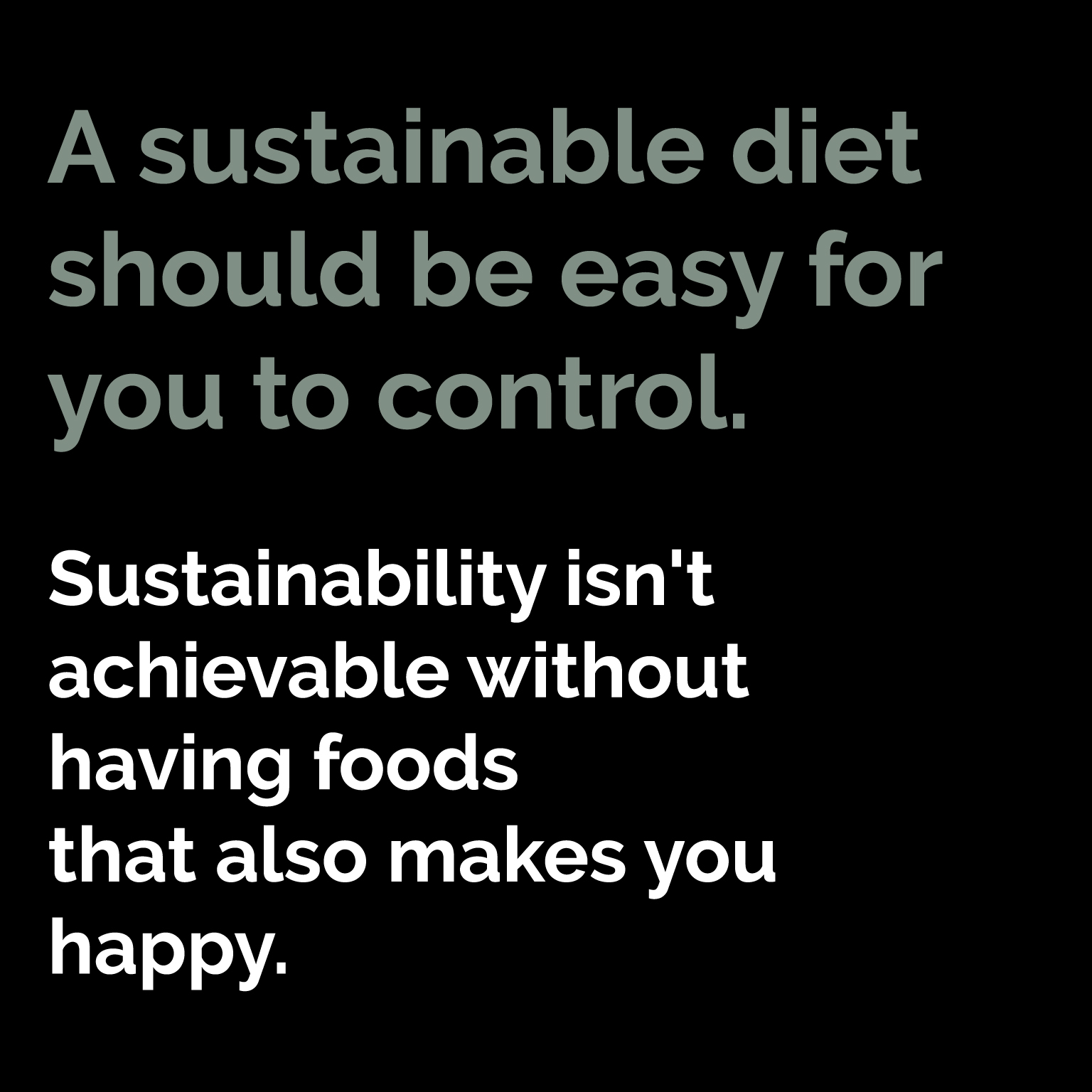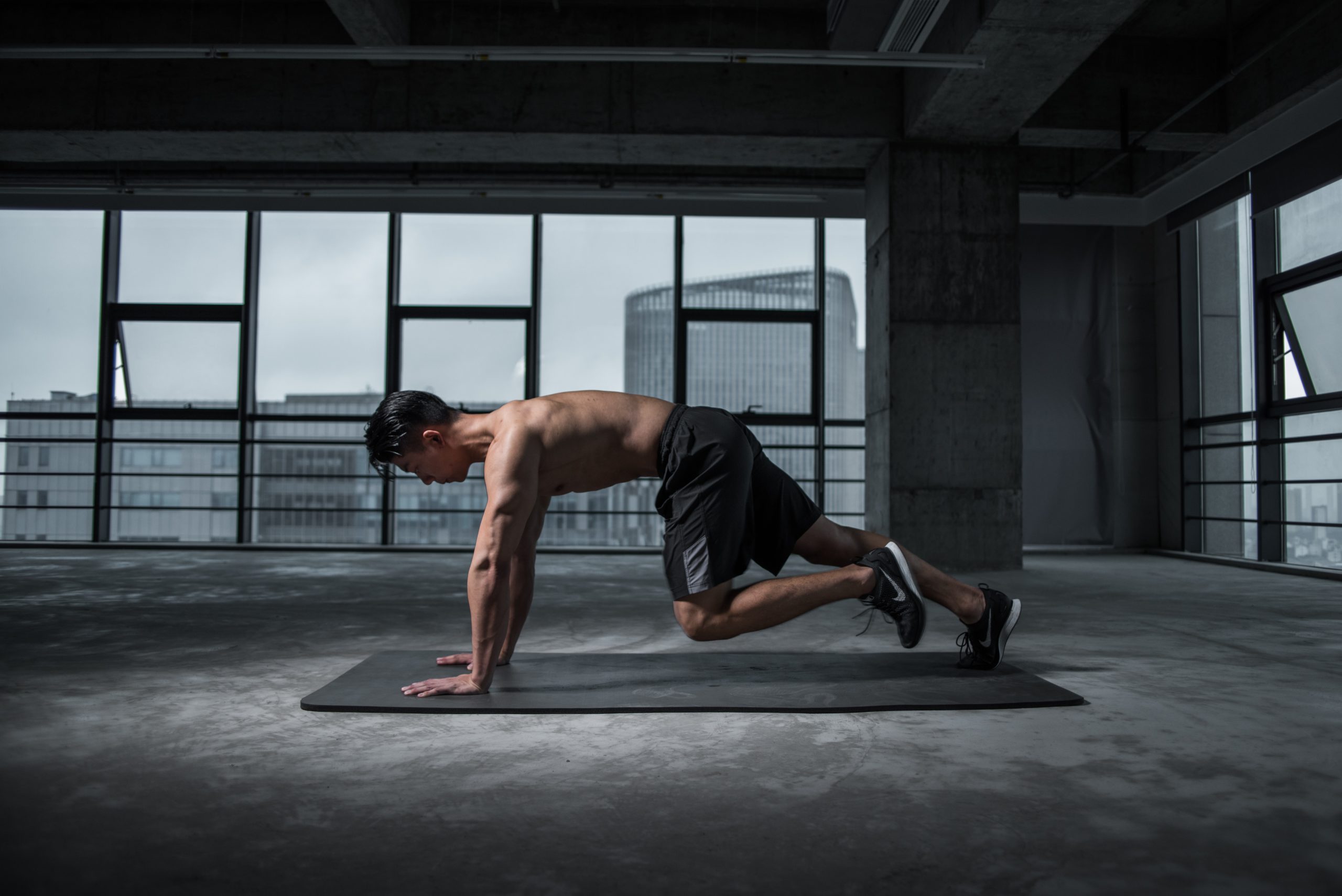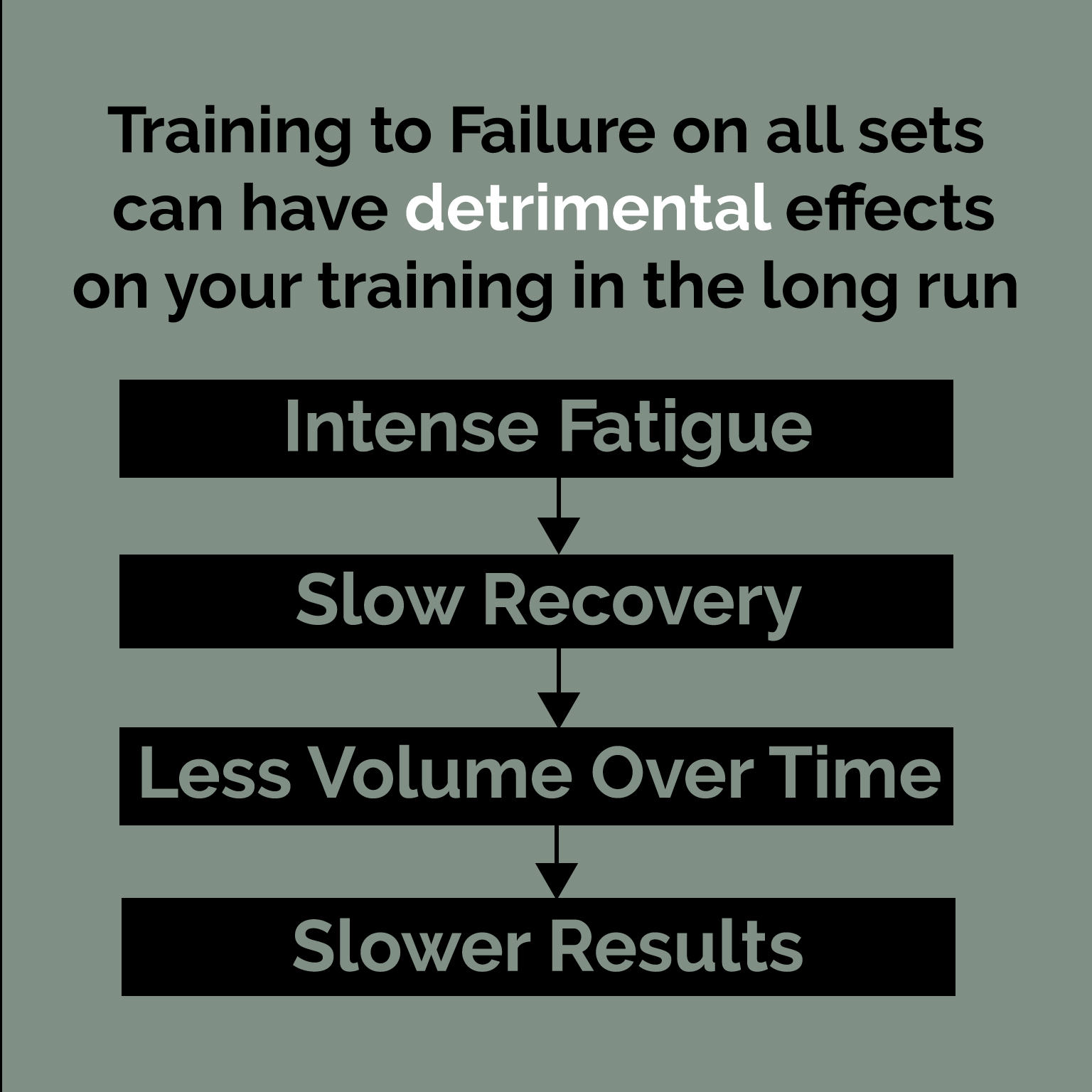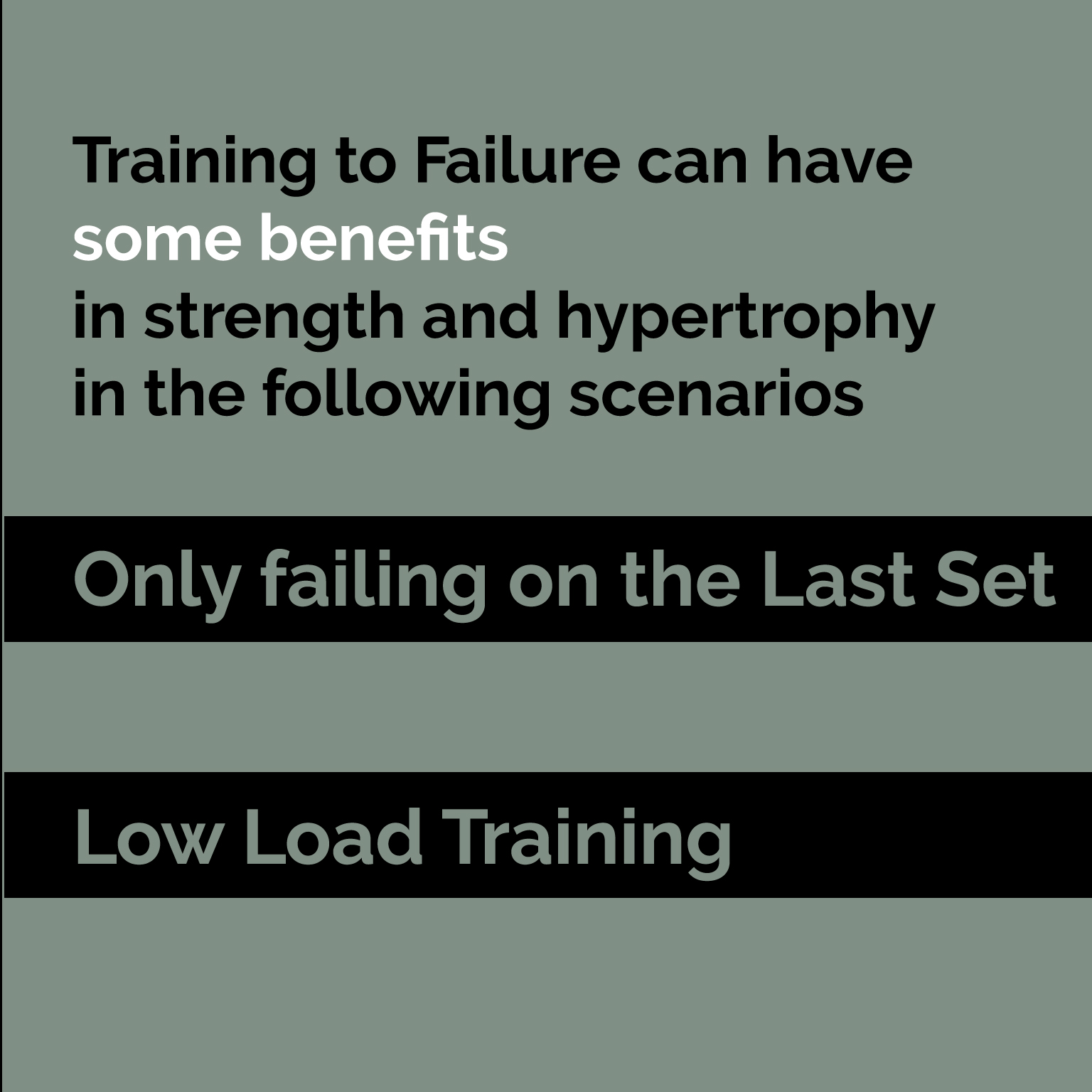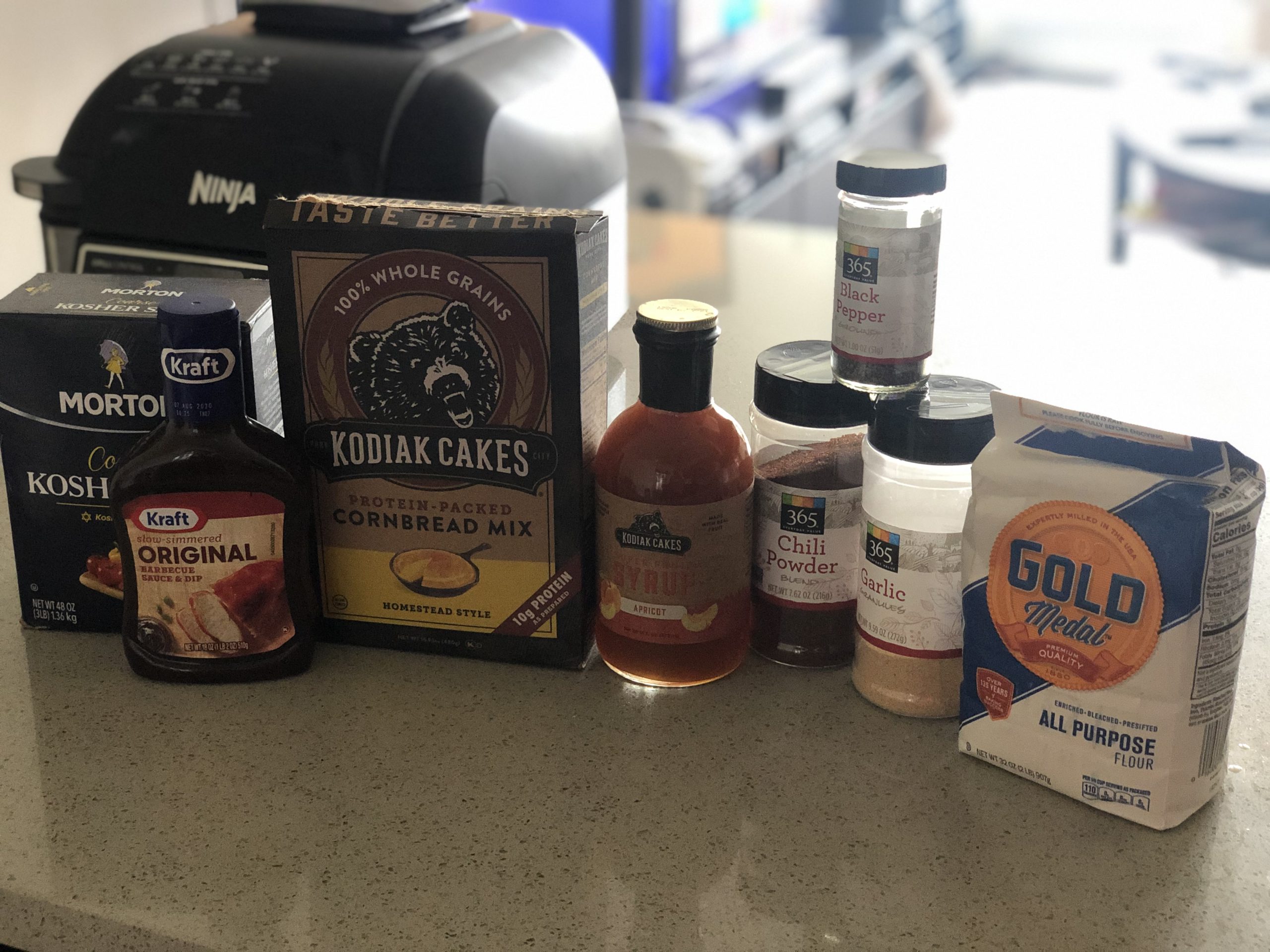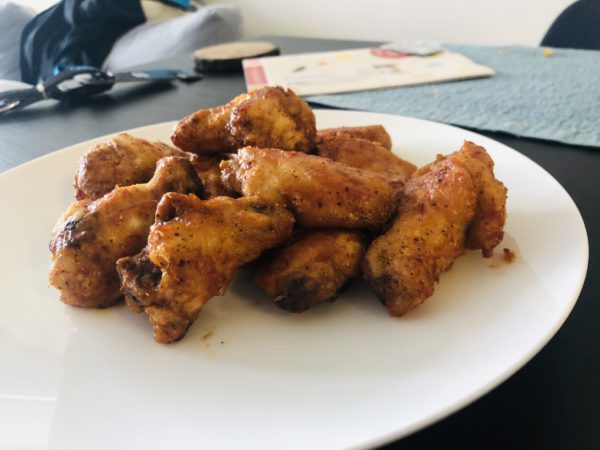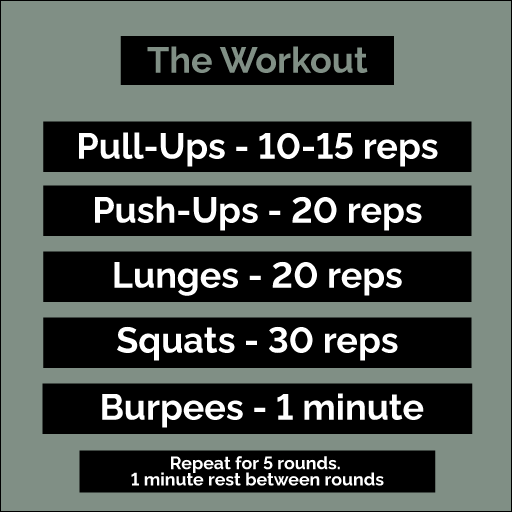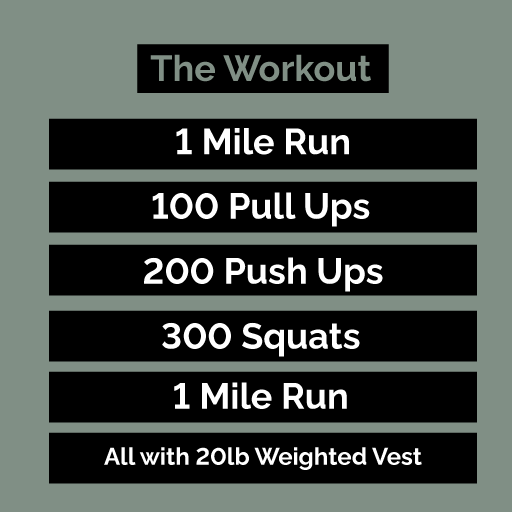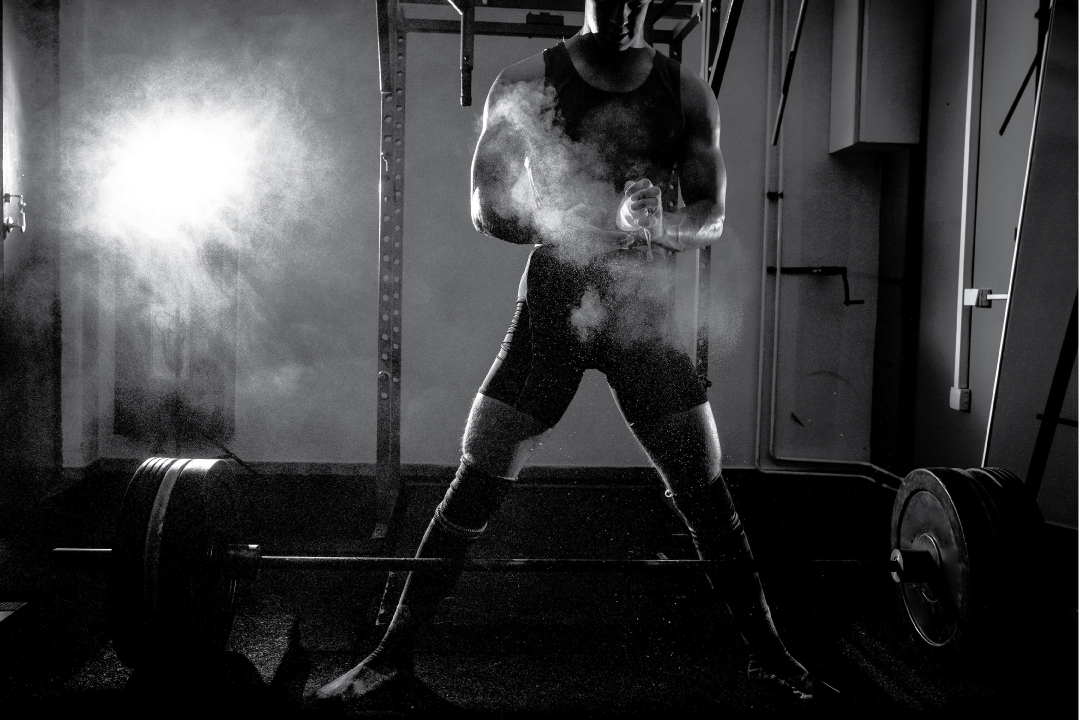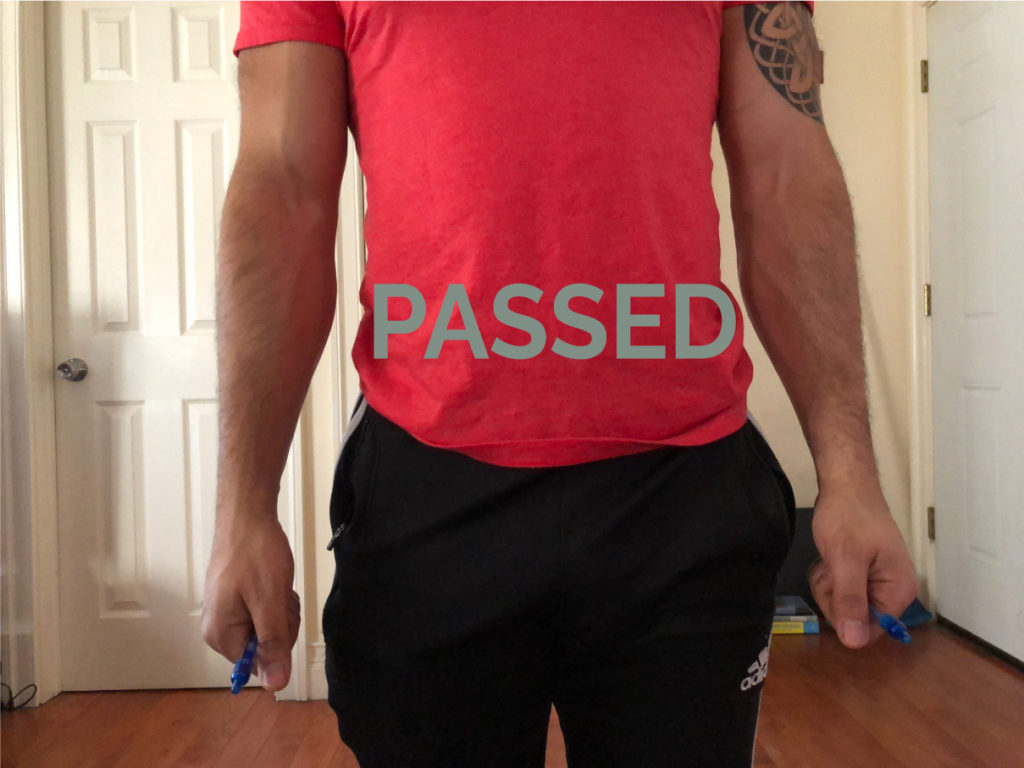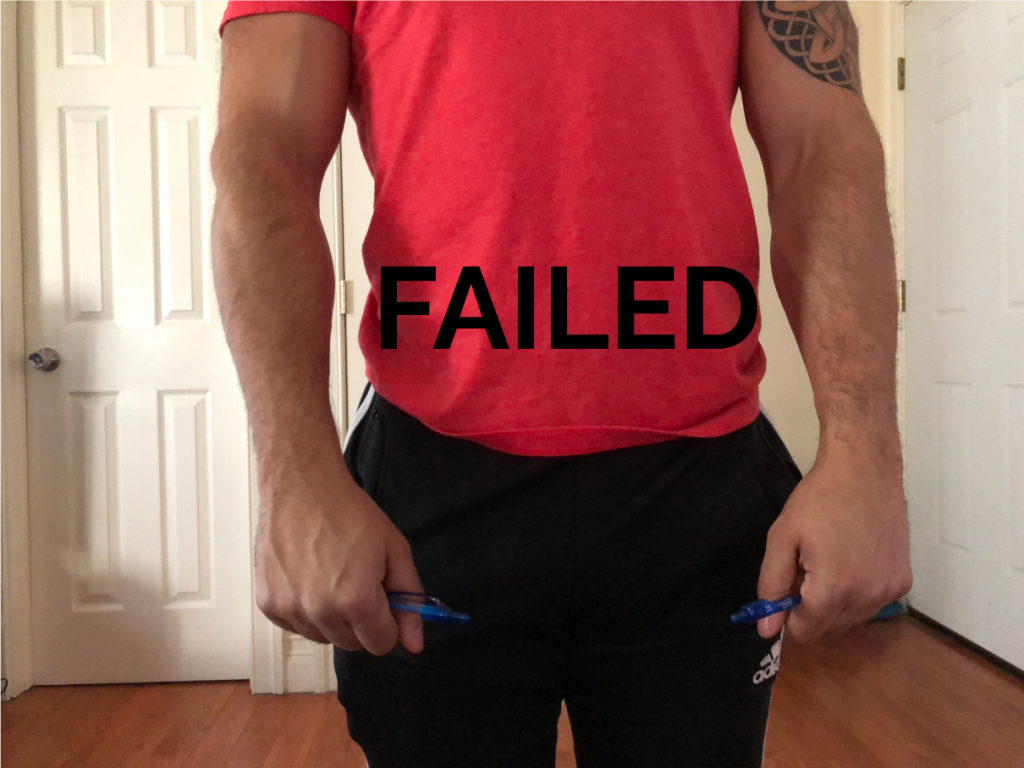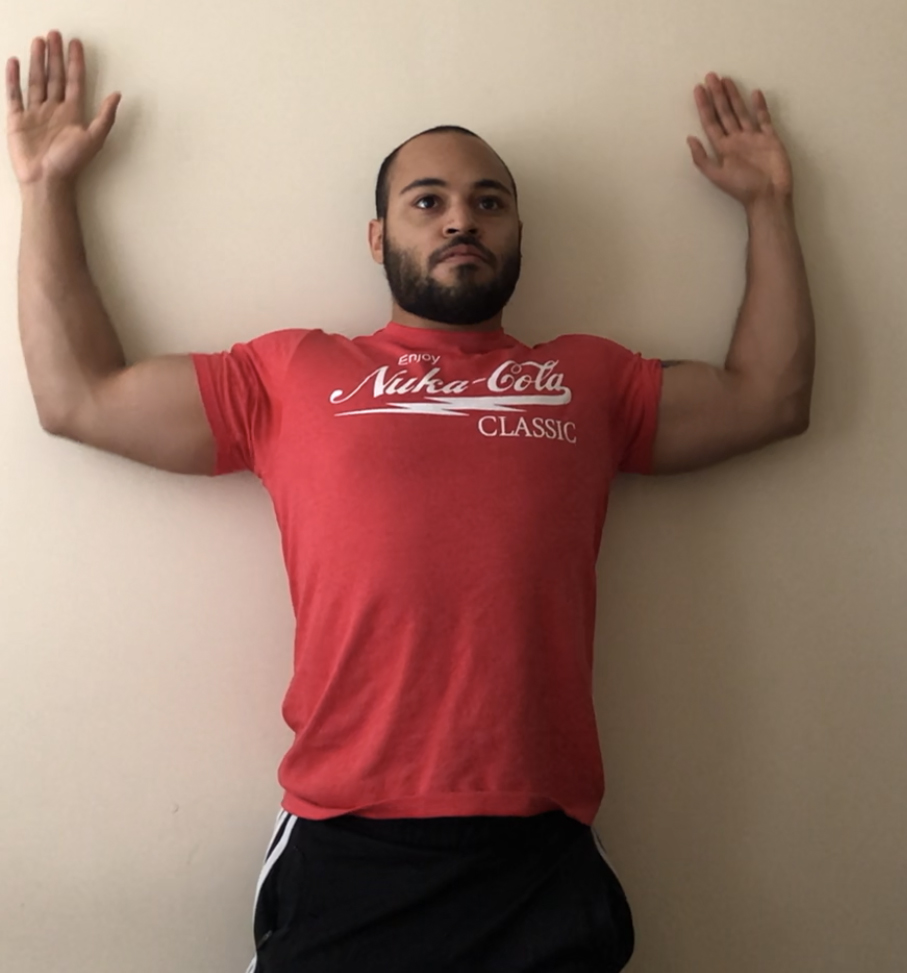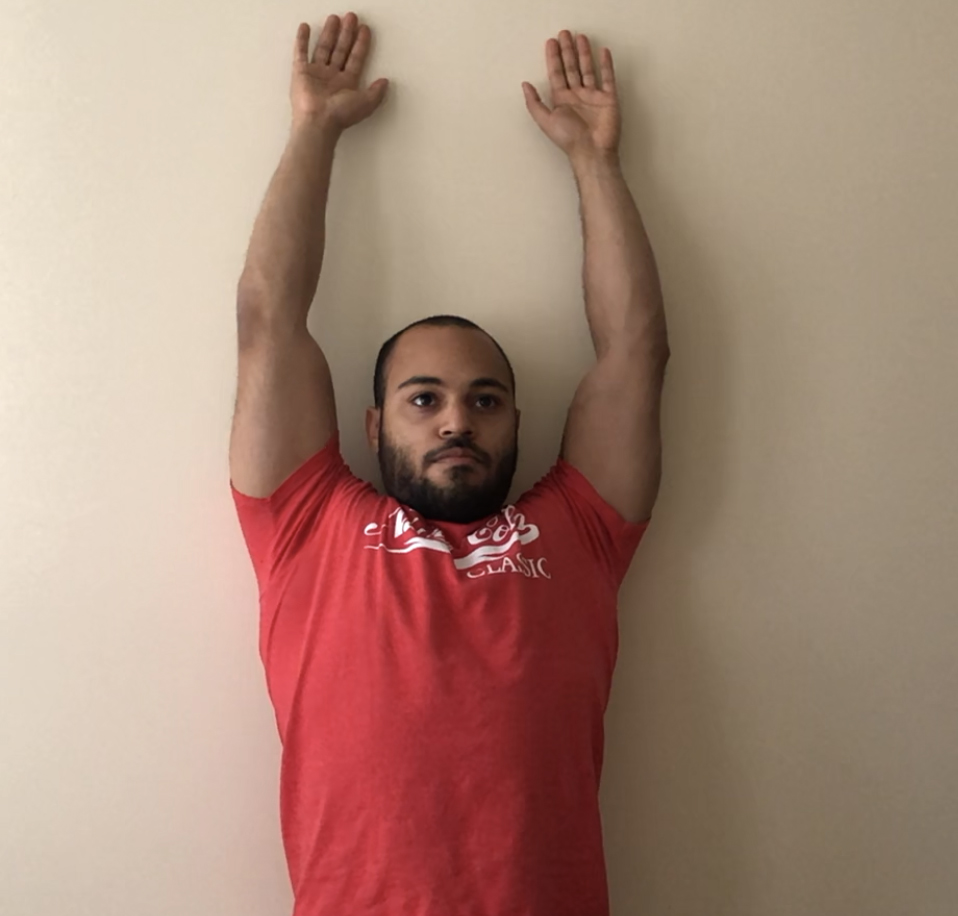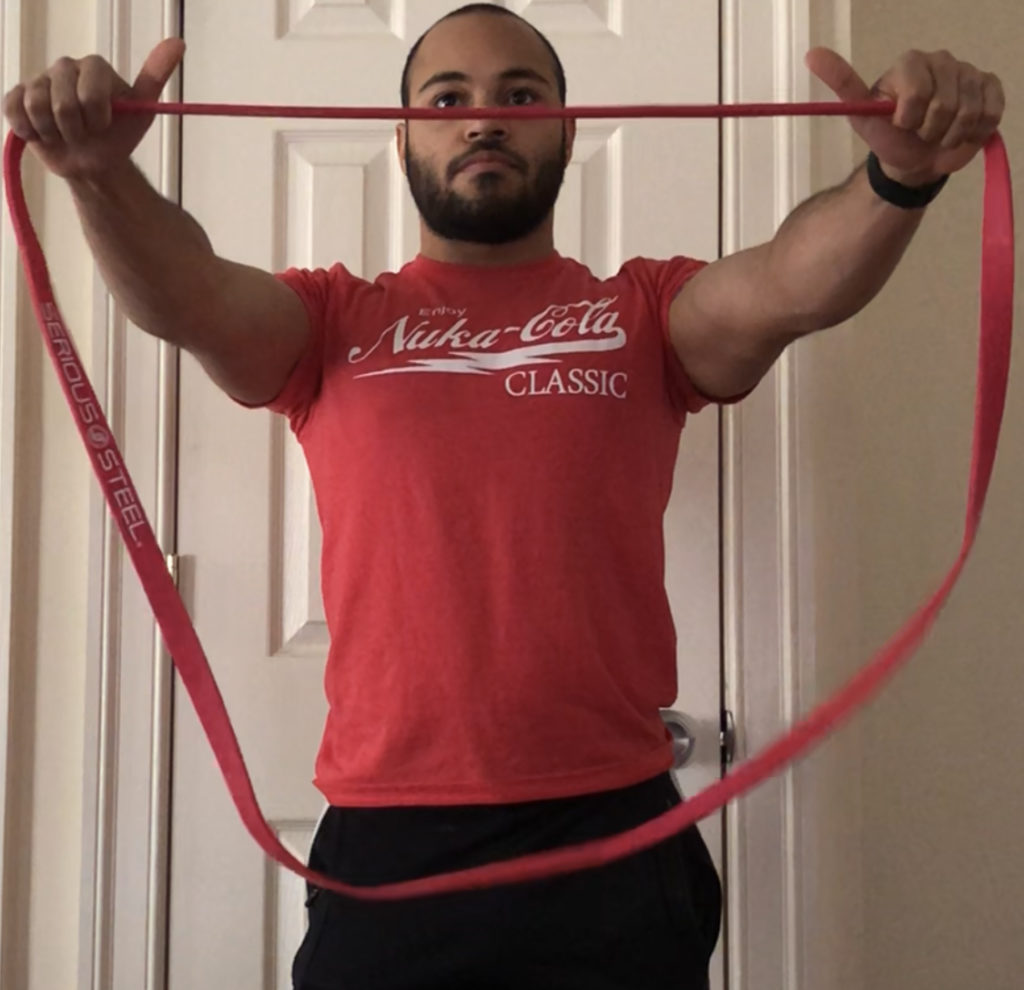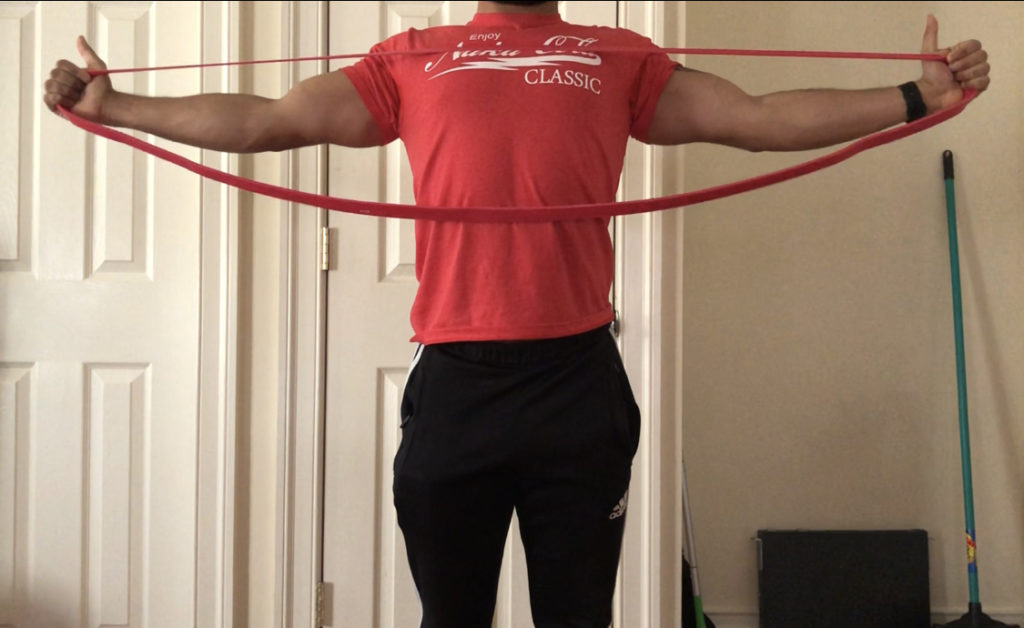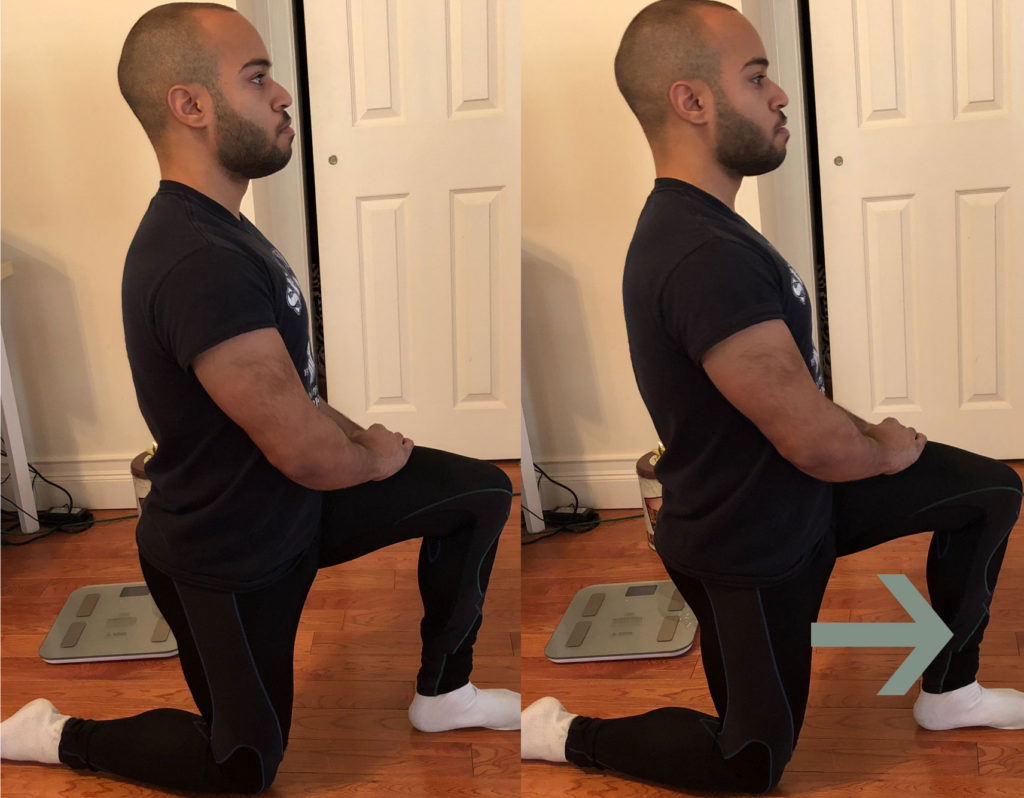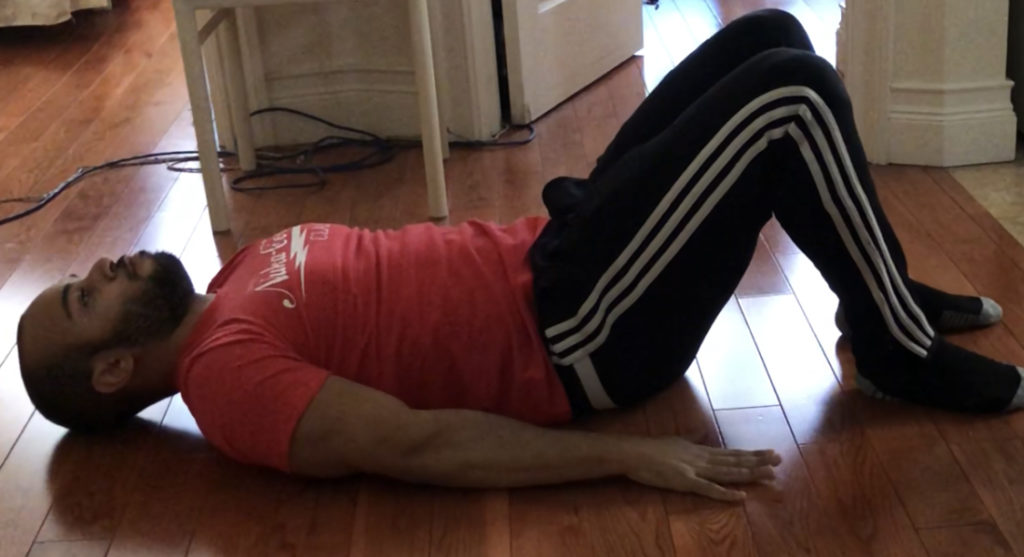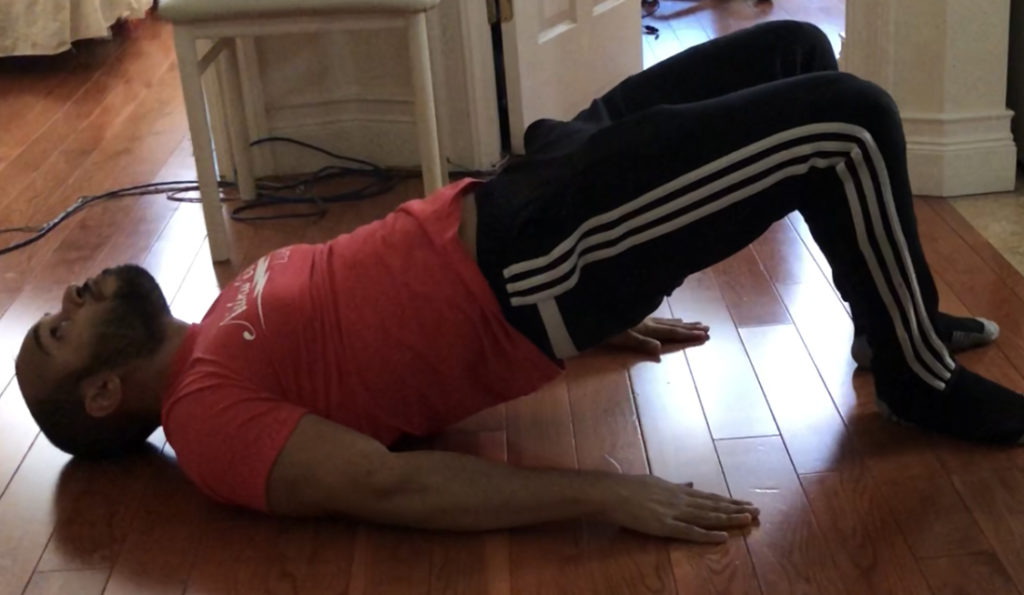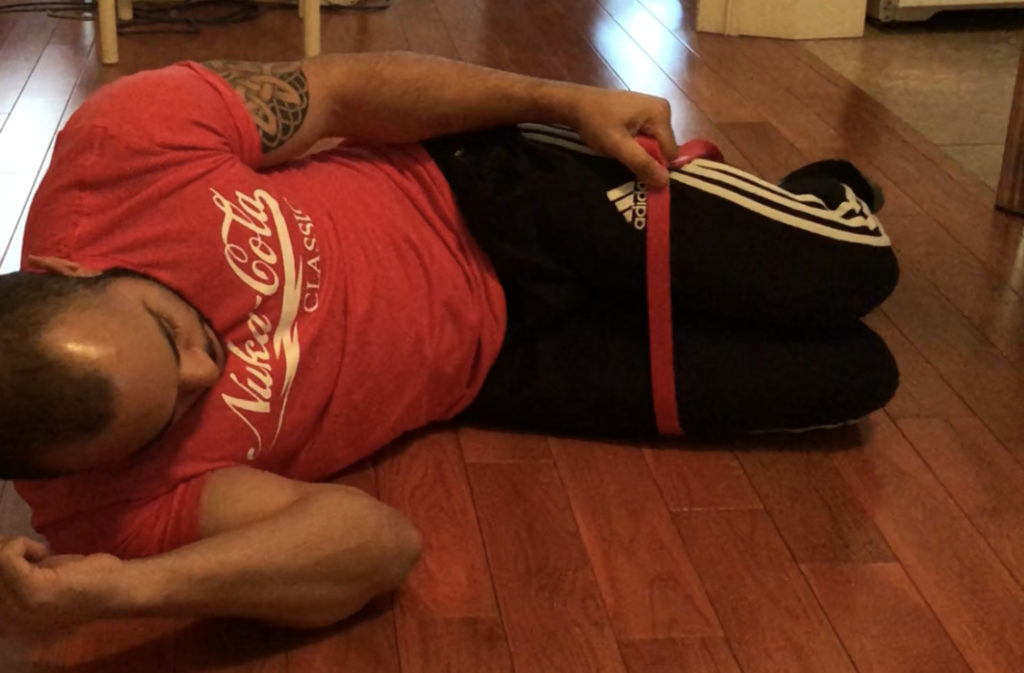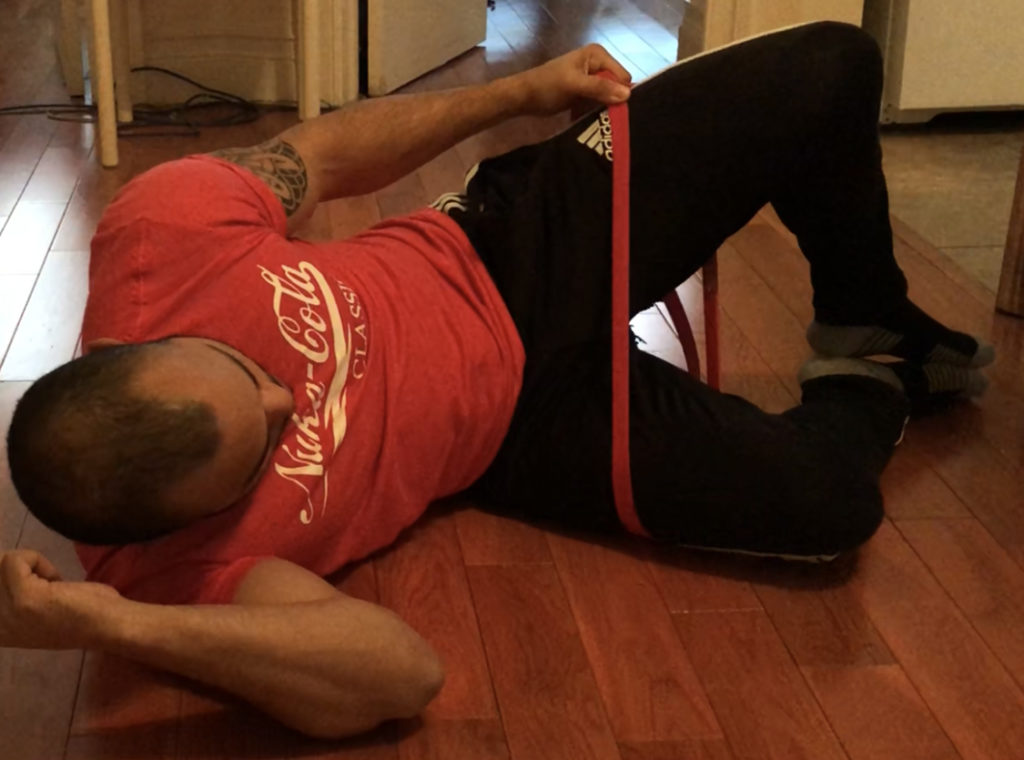Kettlebells have been all the rage for the past couple of years. You’ll see athletes swinging them 100lb kettlebells and working up a crazy sweat. Honestly, it also usually looks pretty badass too.
What’s makes kettlebells so great though is that they can easily be used for resistance training but also incorporated into circuits. Due to its shape, it’s easier and safer to perform certain moves with a kettlebell than a dumbbell. Like the kettlebell swing.

We have so many different ways of training though. We can do barbell training, dumbbell training, kettlebell training, etc. So let’s go over why kettlebell training is unique and special in its own way and why you should start incorporating it into your workout routine.
1. Kettlebells Give you More Exercise Selection
I think one of the main benefits of kettlebell exercises is that you have a broad selection of exercises to choose from. Even though kettlebells mainly distribute all the weight at the bottom of it, most exercises you even do with dumbbells can be done with kettlebells. Even if you have to slightly modify it a bit more. You can easily do the following exercises with kettlebells that you would normally do with dumbbells:
- Curls
- Tricep Kickbacks
- Shoulder Press
- Bench Press
- Lateral Raise
- Squat
- Row
and many more. If you plan on using kettlebells instead of dumbbells, I would suggest looking up form for the specific exercise. Like I mentioned above, since the kettlebell’s weight is mainly distributed at the bottom, there may be more effective ways of doing each exercise with the kettlebell than the form you would use for a dumbbell.
Some of the more highlighted kettlebell exercises to choose from are:
- Kettlebell Swing
- Kettlebell Thrusters
- Turkish GetUp
- Kettlebell Clean and Press
- Farmers Walk
- Floor Press
2. Kettlebells are a Free Form Weight which is Easier to Use and Better for Your Body
Kettlebells are free from weights. So it makes it easier to move around and it’s a non-restrictive exercise. Your body will use more stabilizer muscles to maneuver the weight than something like a machine would.
As well, since it’s non-restrictive you can move in the way you need to move. Now, this doesn’t mean you should be swinging with bad form by any means. However, depending on your anthropology, you may need to move weights around a bit differently. Something like machines at the gym doesn’t really let you do that.
3. Full body workout and ‘Easy’ Cardio and Conditioning
I say ‘easy’ cardio cause cardio is never easy, but it’s always a huge benefit when you can incorporate cardio and resistance training together. Hence why kettlebells can be very effective. If you look at the kettlebell exercises I pointed out above, you’ll notice plenty of those exercises are full-body exercises. You can easily combine some of those exercises into circuit training and easily get a full-body workout and some cardio in about 30 minutes’ worth of time. Personally, I find it better to do some type of HIIT resistance training than normal cardio, and kettlebells can easily achieve that.
4. Kettlebells can Train Muscles you Don’t Normally Train
If you ever wrote a training program for yourself and tried in to get in even the smallest of muscle groups, you’ll notice the list of your exercises grow long and the workout can take hours sometimes.
What I like about kettlebells, is that due to its expansive exercise selection you can easily choose exercises that help with train muscles you don’t normally train.
An example of this would be the Turkish GetUp as I mentioned above. When I was training a couple of years back, my rotator cuff was fairly weak cause I never properly trained it. I started incorporating exercises of it in my normal workout and it would just be daunting at some point and it would take too long.
I then incorporated the Turkish GetUp. Since it’s an exercise that helps with rotator cuff stabilization and is a full-body workout, I could easily remove some of the exercises I was doing and just incorporate this. After a couple of weeks of consistently doing it, I started to gain more strength and stabilization in my rotator cuff. However, the best thing was that there were no imbalances either. The Turkish GetUp is easily one of my favorite KettleBell Exercises.
5. Low Equipment Management and Mobility
At the time of writing this, we’re living in the COVID era. Gyms are actually open but plenty of people aren’t going back due to the high risk. Plenty of people are working out at home. What’s great about kettlebells is they don’t take up a lot of space and you don’t need many of them. You can easily have 2 – 3 kettlebells and be set. Since they don’t take up much space, you can always travel with them too if needed. This gives you an advantage that you can train when needed even when traveling without an issue. (Unless the Kettlebell weighs 200lbs?).
How to Incorporate into Your Workout
So we know that kettlebells can be extremely beneficial. Not only for its ease of use but it can provide a good full-body workout and you can do some traditional exercises with them too. So how do we incorporate them into your workout? Well, this primarily depends on your goals. However, let’s go over some normal goals and exercises you can incorporate and replace.
Gaining Muscle
Depending on if you’re already following a hypertrophy program and you’re trying to gain mass, you can easily throw in some kettlebell movements in there as well or use kettlebell movements to replace some exercises.
Here are some exercises you can replace with kettlebells to help with gaining muscle:
- Dumbbell Shoulder Press -> Kettlebell Shoulder Press
- Better muscle recruitment and easier to perform
- Goblet Squat -> Kettlebell Goblet Squat
- Easier to manage, better weight management
- Standard Lunge -> Kettlebell Overhead Lunge
- Using more muscles and stability
Cardio
If you’re trying to get more cardio in, then kettlebells can easily be used to do a quick HIIT workout that works up a sweat.
A quick circuit could be something like the following (All exercises with kettlebells):
- Swings x 20
- Squats x 20
- Lunges x 20
- Shoulder Press x 20
- Burpees for 30 seconds
Do 3 times and rest 30 seconds in between exercises and sets.
Here is an image version of it if you want to save it:
Even something as simple as that would work up a crazy sweat and provide some good strength gains.
If you’re curious if cardio can be detrimental to your gains, check out this article.
Power and/or Strength Training
Kettlebells can provide benefits to maximal and explosive strength(1). There are plenty of exercises that can help with this but the main one is the kettlebell swing. When done correctly, it can truly have a huge benefit in your training. I would recommend incorporating it into your program. Maybe on a lighter day though or a day, you normally do cardio.
Final Thoughts
I believe Kettlebells can be a real benefit to your workout regimen. Whether it be to gain muscle, add additional cardio, or to assist with your power and/or strength training. What makes kettlebells great though is that they’re fairly easy to get and don’t take up too much space. You will be surprised about the benefits you can see once you start incorporating them. Personally, for me, I like to incorporate kettlebells to help with stability and other exercises I don’t tend to do often. I’ve seen improvements in many areas and I have no doubt that if you incorporate them into your routine, you will too.
If you want a kettlebell workout, feel free to send me an email and we can work one out.
If you want a good kettlebell exercise resource check out Pavel Tsatsouline.
If you’re looking for kettlebells to buy, check out Rogue or Onnit.
Note: I’m not affiliated or sponsored by any of these companies.
If you’re looking for other articles on weight lifting click here.

References:
- Lake, Jason P.; Lauder, Mike A. Kettlebell Swing Training Improves Maximal and Explosive Strength, Journal of Strength and Conditioning Research: August 2012 – Volume 26 – Issue 8 – p 2228-2233 doi: 10.1519/JSC.0b013e31825c2c9b
- Vancini RL, Andrade MS, Rufo-Tavares W, Zimerer C, Nikolaidis PT, de Lira CAB. Kettlebell Exercise as an Alternative to Improve Aerobic Power and Muscle Strength. J Hum Kinet. 2019;66:5-6. Published 2019 Mar 27. doi:10.2478/hukin-2018-0062
Photos:
